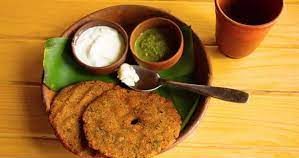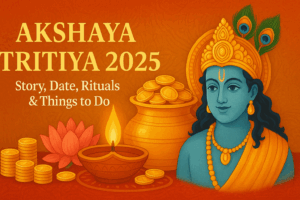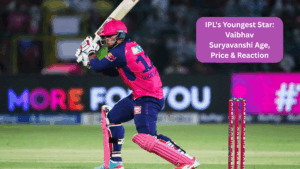
 Navratri Diet Tips: Eat a healthy diet while fating to stay fit. There are a plenty of foods to choose from. Here are some of the common fasting foods you can must not miss.
Navratri Diet Tips: Eat a healthy diet while fating to stay fit. There are a plenty of foods to choose from. Here are some of the common fasting foods you can must not miss.
Navratri is one of the auspicious Hindu festivals in which fasting is observed for a period of nine days. Navratri happens twice a year, both times coinciding with seasonal change when digestive fires are weak, and immunity is low. Fasting thus provides a mechanism to cope with the same. Customarily, grains are not allowed. Even those who aren’t fasting typically abstain from certain foods, thus it provides a nine day ‘detox’ window. The foods allowed are all healthy and if incorporated wisely, they help to cleanse the system.
Healthy foods for Navratri
1. Buckwheat
Commonly known as kuttu is actually not a grain, it’s a flour obtained from a seed, hence a pseudo-cereal. It is gluten-free, and a great alternative to gluten sensitive individuals round the year. It produces heat in the body. It is also rich in nutrients like phosphorus, magnesium, zinc, copper and B vitamins.
2. Singhara or water chestnut
Singhara is a fruit and the flour is obtained after drying the fruit. It is low in sodium, high in potassium, calcium, iron, zinc, phosphorus and fibre too. Singhara flour has a cooling effect on the body.
3. Samak
It belongs to the millet family. It can be used in the form of grains to prepare rice/khichadi or as a flour. It is a good source of phytochemicals too.
4. Sabudana or sago
Sabudana is a carbohydrate dense food permitted in Navratri fasting. It can be carefully combined with other ingredients like peanuts, curry patta, some potatoes, veggies and more to prepare a delicious khichadi that can be eaten with curd.
5. Rajgira or amaranth
You can also eat amaranth too. It can be used to make roti, chilas or khichadis. It is most commonly consumed in the form of vrat ladoos and pattis.
Other foods that you can include to your navratari diet are nuts, dairy foods, fox nuts (makhanas) and fruits. Among vegetables, potato, sweet potato, pumpkin, arbi and raw banana are commonly used.
he main meals can comprise of one of the above grains like a roti made from kuttu/ singhara/ rajgira or samak rice or khichadi made from sabutdana / rajgira. Other options include chilas or idlis made from the above flours. These can be combined with veggies, paneer, curd, milk etc. to curate balanced meals. Mid meals comprising fruits, nuts, makhanas can be include too. It is alright to have a little fried once or twice but regularly having fried potatoes, pakoras or pooris could defeat the entire purpose of fasting.
Also, drink plenty of water and stay fit this Navratri!







